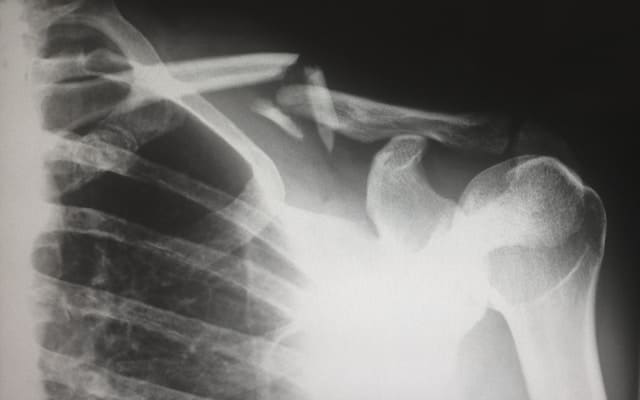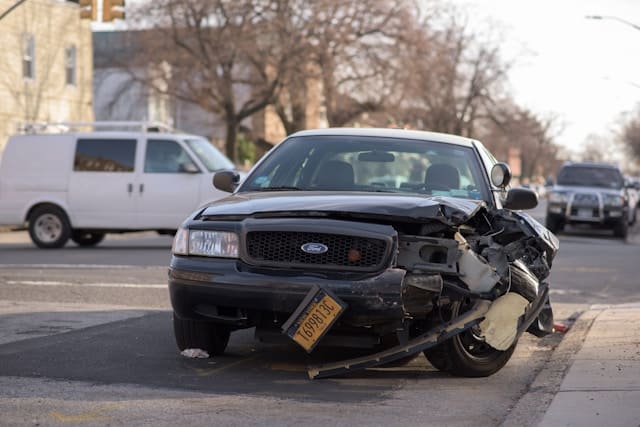Photo by Harlie Raethel on Unsplash
In New York State, individuals who suffer injuries as a result of accidents, such as car crashes, may be entitled to compensation for their damages. However, New York State Insurance Law §5102 establishes a threshold that defines the severity of injuries necessary to pursue a legal claim for compensation. This article aims to provide a brief overview of the Serious Injury Threshold in New York State and shed light on the criteria that must be met for an injury to be considered “serious.”
New York State Insurance Law §5102
New York State Insurance Law 5102, often referred to as the “serious injury threshold,” was enacted to address the rising number of Personal Injury claims. The law aims to filter out minor or insignificant injuries from being eligible for legal claims, focusing instead on injuries that significantly impact an individual’s life.
Criteria for a Serious Injury
To meet the serious injury threshold in New York State, an injured individual must satisfy at least one of the following criteria:
- Death: A fatality resulting from an accident is considered a serious injury.
- Dismemberment: The loss or amputation of a limb or a body part qualifies as a serious injury.
- Significant Disfigurement: If the accident causes severe scarring, deformity, or other visible disfigurements, it may be deemed a serious injury.
- Fracture: A bone fracture, such as a broken arm, leg, or rib, is generally considered a serious injury.
- Loss of a fetus: The death of an unborn child resulting from an accident is considered a serious injury.
- Permanent Loss of Use: The injury must result in the permanent loss or impairment of a body organ, member, function, or system to be classified as serious.
- Permanent Consequential Limitation of Use: An injury that permanently restricts an individual’s ability to perform daily tasks or significantly affects their range of motion may be deemed serious.
Additional Requirements Needed to Sustain a serious injury claim.
After meeting one of the criteria mentioned above, individuals must follow additional steps to strengthen their claim and minimize the possibility of disputes.
- Gaps in treatments must be explained: When an individual discontinues therapeutic measures after an accident while claiming they have suffered a “serious injury,” they must provide a reasonable explanation for doing so.
- Any pre-existing Injuries must be explained: In cases where an individual has a pre-existing medical injury or condition, it is their responsibility to demonstrate that these pre-existing conditions did not worsen or directly contribute to the new injuries.
- Deficits in motion must be objectively measurable: To establish a permanent consequential limitation or a significant limitation of use, the medical evidence provided by the plaintiff must include objective, measurable evidence regarding a reduced range of motion or a qualitative assessment that compares the plaintiff’s existing limitations to the normal function, purpose, and usage of the affected body organ, member, function, or system.
The Impact of the Serious Injury Threshold in Personal Injury Cases
The Serious Injury Threshold outlined in New York State Insurance Law § 5102 plays a vital role in Personal Injury cases in New York State. It sets the standard for determining whether an injury is severe enough to warrant legal action. Understanding the criteria for a serious injury is important for individuals involved in accidents, as it helps them determine their eligibility for pursuing compensation beyond the limits of insurance coverage. If you have been injured in an accident, it is advisable to consult with a qualified Personal Injury Attorney to understand your rights and legal options. The attorneys at Shalom Law can do just that. We are prepared to fight hard for you to ensure your rights are protected and you receive the maximum compensation you deserve.
Call us today for a free consultation: (718) 971-9474.







